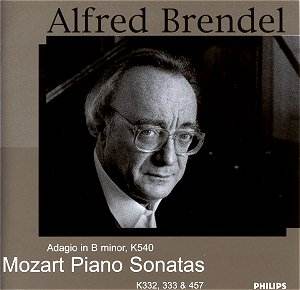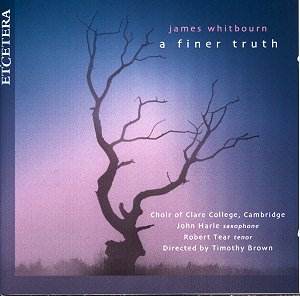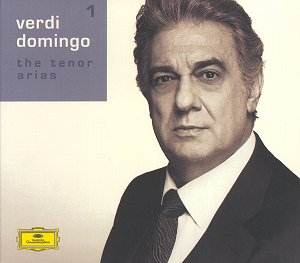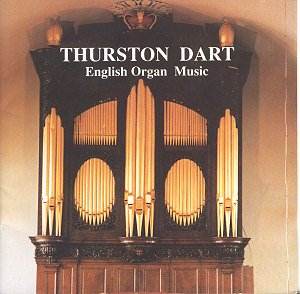 Composer: Wolfgang Amadeus Mozart
Composer: Wolfgang Amadeus Mozart
Works: Piano Sonatas in F, K.332; B flat, K.333; C minor, K.457; Adagio in B minor, K.540
Performers: Alfred Brendel (pianoforte)
Recording: Recorded 7-8.7.2000, Snape Maltings Concert Hall (K.457), 21-25.1.2000, Glyndebourne Opera House (others)
Label: Philips 468 048-2
The piano sonatas of Wolfgang Amadeus Mozart represent a critical juncture in the evolution of the instrument’s repertoire, showcasing not only the composer’s unmatched melodic genius but also his profound understanding of harmonic structure and form. The works featured in this recording, particularly K.332, K.333, and K.457, exemplify Mozart’s transition from the classical idiom of Haydn to a more personal, expressive language that would inform the works of later composers. Alfred Brendel’s interpretation, recorded at the turn of the millennium, offers a compelling dialogue between a seasoned artist and the timeless elegance of Mozart’s music.
Brendel’s approach to K.332 begins with a measured grandeur that may initially feel didactic, reminiscent of the orchestral weight of Otto Klemperer. This is particularly evident in the first movement, where Brendel unfolds the exposition with a deliberate pace that emphasizes the piece’s structural integrity. However, what could have been a staid interpretation blossoms in the slow movement, where the “Alberti bass” transforms into a gentle rocking motion, allowing the listener to appreciate the poignancy of Mozart’s melodic lines. The finale emerges with a spontaneity that suggests an improvisational spirit, as Brendel deftly transitions to the “dolce” theme, imbuing the music with a sense of playfulness and charm that is quintessentially Mozartian.
K.333 presents a different facet of Brendel’s interpretative artistry. Here, the first movement dances with grace and ease, characterized by subtle shifts in articulation that create an illusion of spontaneity, as if the pianist is sharing the music with a select circle of friends. The precision with which he executes the divided chords enhances the overall lightness of the movement. Notably, the E flat major tonality is rendered with remarkable warmth, allowing the listener to revel in the sumptuousness of the key. In the finale, Brendel’s apparent ad-libbing on the second episode—punctuated by spirited accents—invites a sense of immediacy, drawing the audience into a visceral experience of the music.
Contrasting sharply, K.457 is imbued with a dramatic intensity that reflects Mozart’s mature style. Brendel’s interpretation of the outer movements captures a palpable sense of urgency; the rapid triplet passages in the first movement propel the music forward with an exhilarating momentum. The slow movement, a veritable showcase of emotional depth, reveals Brendel’s acute sensitivity to tonal color as the music navigates through various keys. His choice to highlight a lower voice within the G flat major episode is particularly striking, suggesting an interpretive insight that invites questions about the inherent drama of Mozart’s harmonic language.
The Adagio in B minor, K.540, while slightly more didactic in Brendel’s rendering, still offers a wealth of interpretive insight. This lengthy piece, which can easily descend into mere sentimentality, benefits from Brendel’s careful phrasing and dynamic control, although it may lack the passionate drive found in some period performances, such as that of Ronald Brautigam. The recording quality itself is robust, capturing the nuances of Brendel’s Steinway with clarity, though those who favor period instruments may find themselves yearning for a more historically informed sound.
Brendel’s interpretations stand as a testament to the enduring brilliance of Mozart’s sonatas, offering listeners a richly layered understanding of the music that transcends mere technical execution. Each performance is a blend of meticulous artistry and spontaneous expression, revealing the depth of Mozart’s genius and Brendel’s formidable pianism. This recording not only serves as a reference point for future generations but also solidifies Brendel’s legacy as one of the foremost interpreters of Mozart’s keyboard works.



